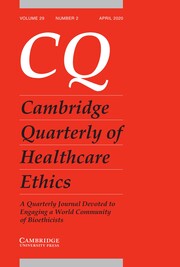Mind’s Eye
In leaning forward to better see the details of a Breughel wedding scene, an elderly man with thick glasses bumped his head on the wooden frame. He saw stars. “Careful, that painting is irreplaceable,” the guard said. “Please stand back a few feet.”
“But I can’t see the brushwork.”
“You can see the details better in the reproduction on sale at the gift shop.”
“I didn’t come to the museum to see a copy.” The man edged closer, then suddenly reached out and ran his index finger along the outlined figure of a young peasant woman. “It’s you, at last,” he murmured to the woman who’d been love at first sight in an art appreciation course over a half-century ago.
The guard grabbed him by the shoulders and pulled him away. Additional security guards arrived. “She’s from my dreams,” he tried to explain before the head of security suggested a glass of water or a cup of tea in the museum cafeteria. Two guards positioned themselves in front of the painting as though he were a threat to civilization. “You wouldn’t understand love if it hit you over the head,” the man hissed before turning and leaving the museum.
By the time he reached home, his head was throbbing. He slid into bed and considered possibilities. The most likely explanation was smashing his head, though it could be nothing more than the pain of humiliation. He should have spoken out, done something, but he was a realist. At his age, he was beyond the pretense of resistance. Once he accepted that he could not have done differently, the headache subsided.
When he returned to the museum the following day, the Breughel had been taken down for cleaning. A different guard was telling a young woman in a tank top and tight torn jeans that some old geezer had smudged the woman’s dress with his dirty finger. “Can you imagine?” the guard said. The two bonded over mutual headshakes of disgust.
He checked back daily; the exhibit closed without the peasant girl reappearing. Worse, after 50 years of nightly appearances, she was gone from his dreams. Even his mind’s eye failed him, instead offering him only the blank spot on the museum wall. Maybe he had brain damage. Or the museum had botched the restoration and she had been permanently disfigured. Or he was being punished for having been in love.
Whatever the explanation, the museum was to blame for his empty dreams and a foreboding that something was wrong with his mind.


